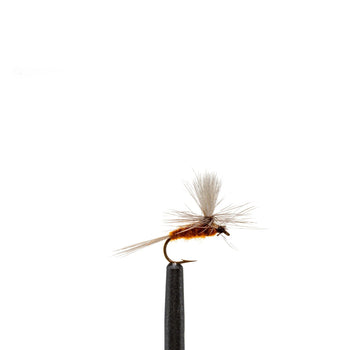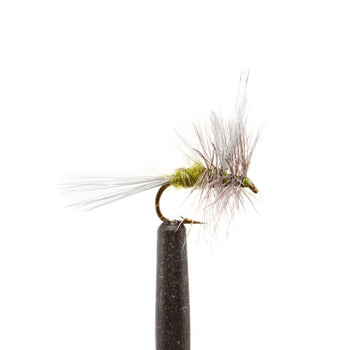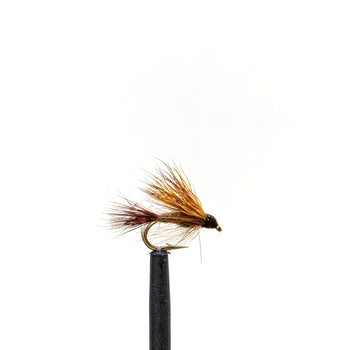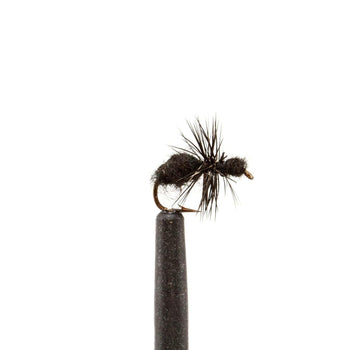Mastering Low Water: Tips for Late Fall Trout Fishing Success

As late fall takes hold, rivers and streams across the country often settle into lower water levels and cooler temperatures. This seasonal change creates both challenges and unique opportunities for anglers chasing trout in clear, shallow waters. In these conditions, trout are on high alert, making stealth and precision essential. Adapting your techniques and gear can be the difference between a quiet outing and a successful day on the water. Here’s a guide to help you refine your approach, improve your presentation, and make the most of your fall fly fishing experience.
1. Approach with Stealth and Patience
Trout in low, clear water are especially wary of their surroundings. Their heightened visibility means any sudden movement or shadow can alert them to your presence, sending them darting away. Here’s how to approach the water more effectively:
- Stay Low and Move Slowly: Crouch down as you approach the bank, and take small steps to avoid creating vibrations in the water.
- Use Natural Cover: Take advantage of rocks, trees, and shadows. Position yourself in a spot where you’re less visible to the fish, allowing you to cast without alarming them.
- Cast from a Distance: Long casts can be critical in low water, keeping you further from the fish while still delivering your fly naturally.
2. Gear Tips for Low Water Conditions
Low water conditions call for a specific gear setup. Here’s what you’ll need for the most effective presentation:
-
Light Leader Setups: Use a longer, lighter leader to create a delicate presentation that won’t disturb the water’s surface. Look for leaders in the 5X-6X range, which provide finesse and allow your fly to drift naturally. Our Fluorocarbon Tapered Leader is an excellent choice due to its low visibility and smooth turnover in light setups.
-
Dry Flies and Emergers: Fall is an ideal time to bring out delicate dry flies and emergers, which are perfect for imitating small insects that trout are actively feeding on in clearer water. Recommended patterns include the Mahogany Dun Parachute, which mimics the seasonal emergence of mahogany duns, and smaller Blue-Winged Olives, another fall favorite.
-
Smaller Tippet Sizes: A 6X or even 7X tippet can be a game-changer for spookier fish. These finer tippets are nearly invisible in clear water, allowing your fly to look as natural as possible.
3. Recommended Fly Patterns for Fall Low Water Conditions
Matching the hatch is essential in low water. Focus on imitative patterns that reflect the insects trout are likely feeding on this time of year. Here are some top picks for clear water conditions:
-
Mahogany Dun Parachute: A go-to fly for fall, this pattern imitates the mahogany dun mayfly, which is prevalent in many rivers during the autumn months. Its parachute-style design makes it easy to spot on the water while providing a realistic, low-profile presentation.
-
Blue-Winged Olive (BWO): BWOs are small and versatile dry flies that trout can’t resist. As one of the most common hatches in the fall, they’re an essential addition to your low-water fly box.
-
Caddis Emergers: Many trout continue feeding on caddis emergers, which are easy to present delicately on the surface. Go for muted colors and smaller sizes to match the clear water conditions.
-
Terrestrial Patterns: In areas where insects like ants and beetles are still active, terrestrial patterns can be effective. Choose smaller, subtle patterns, such as a black Black Ant, Mrs QT or a beetle imitation, which can be a nice break from standard dry flies.
4. Mastering the Presentation
In low water, the presentation of your fly is just as important as the pattern you choose. A natural drift is essential, as trout can detect any unnatural movement in the clear water.
-
Use a Reach Cast: A reach cast helps you achieve a drag-free drift, positioning the line in such a way that it won’t create tension in the water. This technique is particularly effective when dealing with spooky trout in slow-moving pools.
-
Limit False Casts: Minimize your false casts to avoid spooking fish. Each time you lift and drop the line, there’s a chance the trout will detect it. Make your cast count and keep it smooth and delicate.
-
Adjust for Shorter Drifts: In shallower water, your drift window will likely be shorter. Place your fly with precision, and be ready to set the hook quickly.

5. When to Fish: Timing is Key
Timing can make or break your day on the water, especially in low conditions. With clear water and often higher pressure, trout tend to be less active during the brightest parts of the day.
-
Early Morning and Late Afternoon: These periods are typically best for fall fishing in low water. Lower light reduces the trout’s visibility and increases the likelihood they’ll move toward the surface to feed.
-
Cloudy Days Are Your Friend: Overcast days can be ideal in low water conditions. The softer light and muted shadows make it harder for trout to spot you and create a better environment for stealthy presentations.
6. Staying Comfortable in Changing Conditions
Fall brings crisp mornings and cooler afternoons. While targeting trout in low water, staying comfortable can help you stay focused and make the most of your time on the water.
-
Layer Up: Consider layering up with a quality baselayer to keep warm during colder morning hours. These layers are breathable, moisture-wicking, and provide excellent insulation, perfect for adapting to varying temperatures.
-
Waterproof Pack: A small, waterproof pack for essentials like tippet, flies, and snacks will keep your gear dry and organized while allowing you to remain nimble as you move along the stream. Jackson Hole Fly Company's Waterproof Sling Pack is a great option, providing both functionality and durability.
Embrace the Challenge of Low Water Conditions
Fishing for trout in low water conditions during the fall can be both a test of patience and skill, but the reward of landing a wary fish in these challenging conditions is incredibly satisfying. By following these tips, you’ll be better prepared to tackle the clear, shallow waters and improve your chances of success.
Whether you’re aiming to refine your technique with a light leader setup or targeting surface-feeding trout with delicate dry flies like the Mahogany Dun Parachute, the right approach and gear make all the difference. So next time you hit the water, embrace the beauty of the season, and enjoy the unique challenge that fall fly fishing in low water brings.











